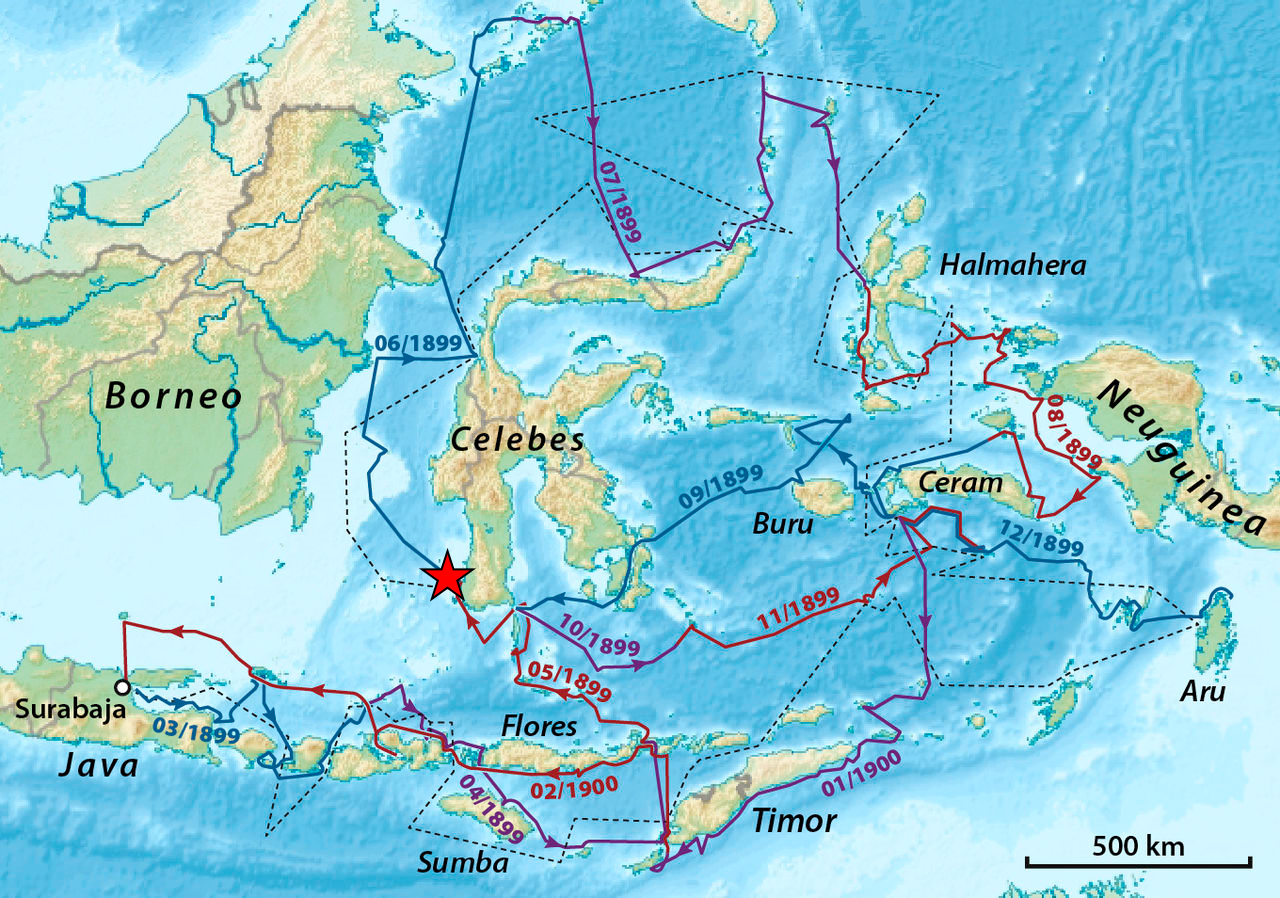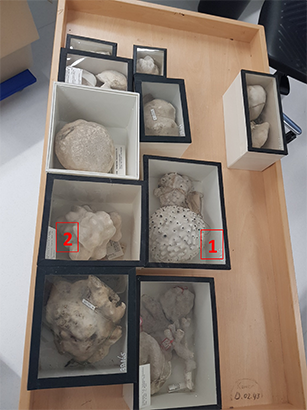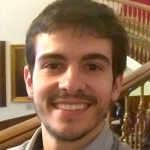By Leonardo Bertini (ESR at Natural History Museum London)
Since being in lockdown, the Natural History Museum London has continued to work with our partner institutions and collaborators. The pandemic hasn’t stopped us from working internationally! In my research, we collaborate with Prof. Willem Renema and his team from Naturalis Biodiversity Center in Leiden. Having this collaboration means we can share the specimens from our collections to increase our sample sizes. The Naturalis collection houses many coral specimens from turbid sites in the Coral Triangle, some of the oldest ones were collected during historic expeditions such as the Sibellius and the Siboga expeditions. Given my research is focussing on Indonesian corals, the Siboga expedition is incredibly significant.
Max Carl Wilherm Weber, German-Dutch zoologist and bio-geographer, led the Siboga expedition in 1899 to 1900. The expedition was a zoological and hydrographical expedition to Indonesia, and some of the sites are the ones we are still exploring today! The Indonesian Archipelago is home to over 17,000 islands rich in flora and fauna, especially coral reefs and has a great abundance of marine life.

Figure 1: Route of the Siboga expedition (1899-1900) with the red star indicating the main 4D-REEF study area, Spermonde Archipelago. Source: https://en.wikipedia.org/wiki/Siboga_expedition
Weber appointed a crew of seven scientists to join him on the expedition. He even asked his wife, Anna Antoinette Weber-van Bosse (feature image, top row, third from the left), a Dutch phycologist specialising in marine algae to join. Even this was groundbreaking as it was not common at the time for women scientists to go on expeditions.
During the expedition, they collected a number of specimens from all different animal and plant groups. These included some of the coral specimens present at Naturalis, which are part of my study! It is so exciting to work with specimens that have so much historical significance behind them!
The samples that our collaborators at Naturalis sorted out for me were very varied! One (1 in the photo below) showed very high rates of ‘bio-erosion’/occupation, likely from the Christmas tree worms, however its shape is very spherical and homogeneous. Other samples, such as 2 in the photo, had very bumpy shapes and were not spherical at all. It was very exciting to have such a variety of samples, as this would give us so much information as what the conditions were in the oceans 200 years ago!

Figure 2: Set of massive Porites specimens from the Naturalis collection.
We thank our collaborators from Naturalis, especially Prof. Willem Renema and his team, for continuing our partnership and sorting through their collections to add to my research. Despite us not being able to travel to their collections and meet in person, we are still working stronger than ever and overcoming the obstacles of this pandemic. I hope that I will be able to travel to Leiden to thank them all in person!







